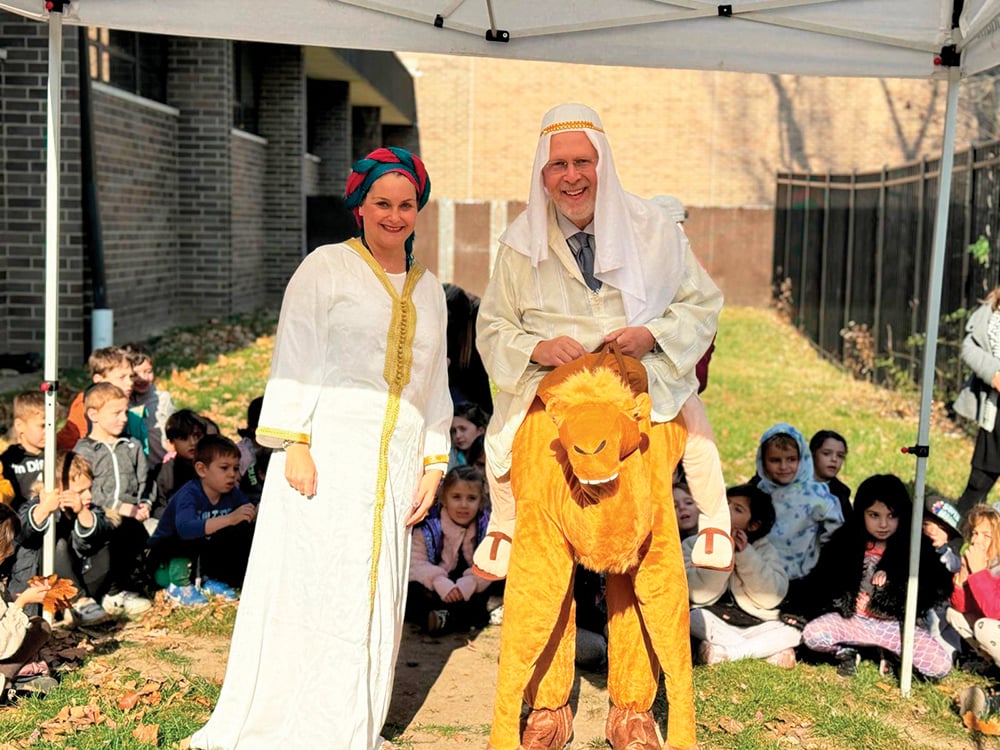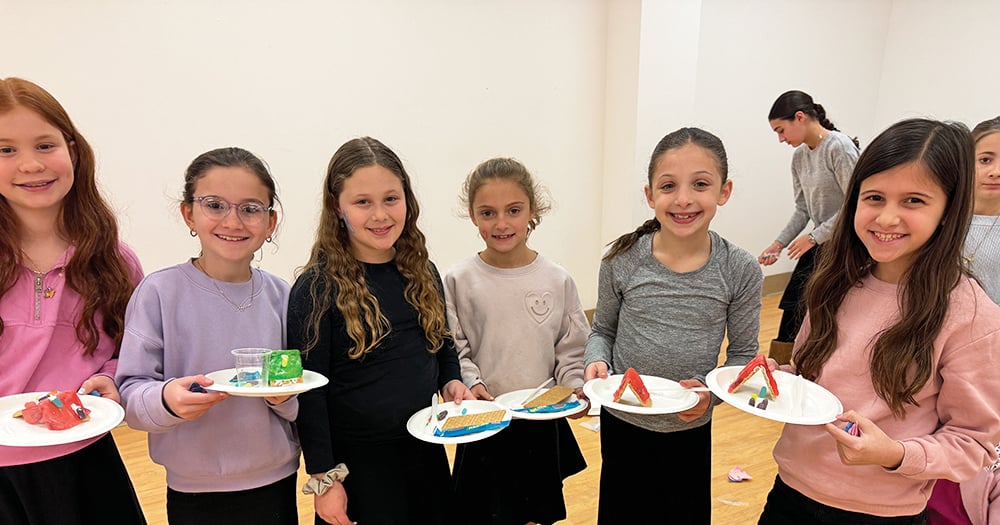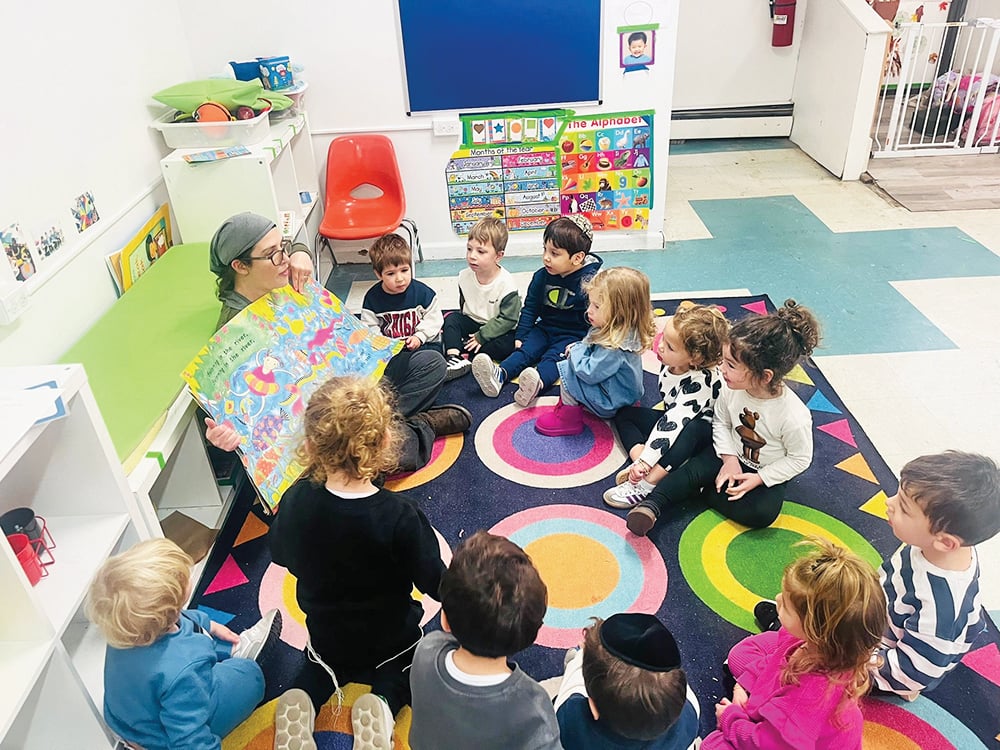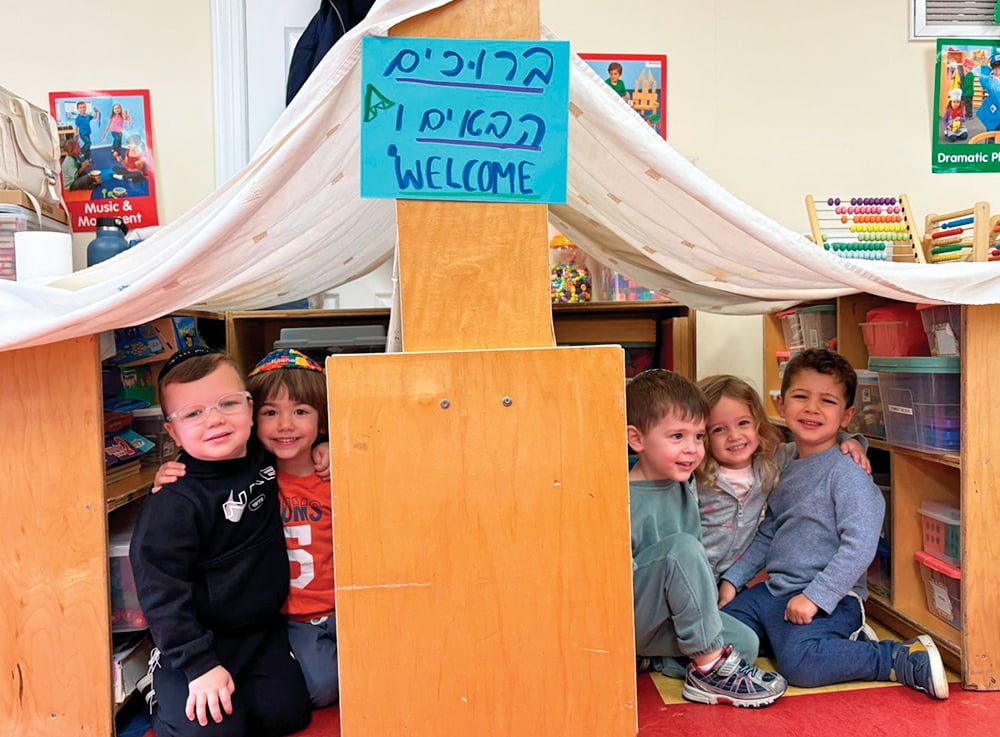We generally associate the holidays of Rosh Hashanah and Yom Kippur with extensive communal prayer liturgies – the machzor – that describe the purpose of each holiday.
On Rosh Hashanah we establish our credentials to ask God to grant us absolution from our misdeeds of the past year. In the special Musaf prayer, we declare God as our king and creator and remind Him of His covenant with all human beings, as well as his special relationship with the nation of Israel. In light of the merit of our ancestors and Israel’s special historical relationship with God, we ask God to forgive our own present transgressions.
On Yom Kippur, on the other hand, our prayers describe the process we must go through to achieve a cleansing of our sins. As we recall in the Musaf avodah, in the days of the Holy Temple the scapegoat ritual was a metaphysical process through which the high priest actually, and metaphorically, transferred our sins to a goat which was sent to the wilderness never to return. Today, we instead beseech God with repentance, prayer and charity – teshuvah, tefillah u-tzedakah – declaring that these measures are the antidotes with which we may shed our sins. We ask God to cleanse us of our personal and communal transgressions of the past year and seal our destinies for a year of life and prosperity.
The liturgies described above are powerful and compelling, but there are two prayers on Rosh Hashanah and Yom Kippur that speak to me more personally. They are not technically part of the prayer service but of our haftarot readings. They are private prayers uttered by two biblical figures – Channah and Yonah.
On the first day of Rosh Hashanah we read about Channah, a barren wife who asks God for a child. She vows to dedicate her son, if God grants her this request, to serve God at the Temple. After Channah indeed gives birth to a son, Samuel, she delivers a poetic prayer of thanksgiving to God. The Bible uses the unique term for Channah’s prayer – va-titpallel – that hereunto had only been used for prophetic utterances.
In the maftir of the Minchah, or afternoon service, of Yom Kippur, we read the story of Yonah. Yonah is a prophet who runs away on a ship from God when he is asked to go Nineveh to ask the people to mend their evil ways. A storm hits and Yonah is thrown into the sea. A big fish swallows Yonah and he remains inside the fish for three days and three nights. At this point, Yonah too utters a prayer to God – vayitpallel Yonah – from the belly of the fish. Yonah thanks God for saving him from the depths of the sea – being swallowed by a fish is the beginning of salvation – and vows to bring a thanksgiving sacrifice in the future.
At first blush, the stories and prayers of Yonah and Channah may seem very different. But on a deeper reading, they harbor some striking similarities. First, both contain maternal imagery. Channah is the barren wife whose womb is opened and bears a son – a maternal image of birth and creation. Yonah is saved by the belly of the fish – a maternal image of nurturing and protection.
Second, both describe poignant personal communications with God to mark climactic experiential moments – Channah’s birth and Yonah’s redemption. Furthermore, both use the special biblical word for prayer – le-hitpallel. And finally, each delivers a prayer of thanksgiving – Channah for the complete fulfillment of her prayer and Yonah for the beginning of his salvation.
Each prayer, however, conveys a unique point of view that I find compelling. Channah’s prayer is unique in that she places her personal suffering and salvation into the context of the larger human experience. Channah acknowledges many forms of suffering in the world and recognizes God’s power to change human destiny. The mighty may become weak, the sated may become hungry, the poor may become rich, the sick may become healthy, the barren women may have many children.
Channah’s prayer teaches us that recognizing God’s power to change human destiny is the foundation of tefillah – prayer. We therefore begin our prayers by declaring God’s ability to grant our requests.
Channah’s prayer also conveys an important psychological message. It is helpful to view our challenges in the larger context of human suffering and salvation. It is comforting to remind ourselves that we are not alone.
Yonah’s prayer also has a unique message. As the saying goes, there are no atheists in the foxhole. But most people submerged in deep waters or in the abyss of depression or danger, would simply cry out to God: “please save me.” Yonah, however, thanks God for the mere possibility of salvation. True, he is in the belly of a whale, but he is alive and has the hope of salvation.*
Yonah’s prayer therefore conveys a powerful lesson. When we pray to God, we must begin by thanking God for what we have already. This is proper protocol and mandated by Jewish law –but it also engenders enormous psychological benefits. Reviewing and recognizing the good things we have in our lives makes it easier to endure the challenges.
On Rosh Hashanah and Yom Kippur, we are grateful for our machzorim – the organized prayer services – that lend meaning to the process of repentance. For me however, the most poignant prayers are the personal tefillot of Channah and Yonah. As a woman and a mother, I connect with the images of birth in Channah’s prayer and of nurturing and protection in Yonah’s prayer. As the Rabbis noted thousands of years ago, Rosh Hashanah celebrates the birth of the world – hayom harat olam – and Yom Kippur celebrates human rebirth and redemption.
Wishing you a gemar chatimah tovah!
Dean Rachel Friedman is the founder of Lamdeinu, a center for adult Torah study in Teaneck.
*I am grateful to my daughter-in-law Elana Trombka Friedman for highlighting this point.













